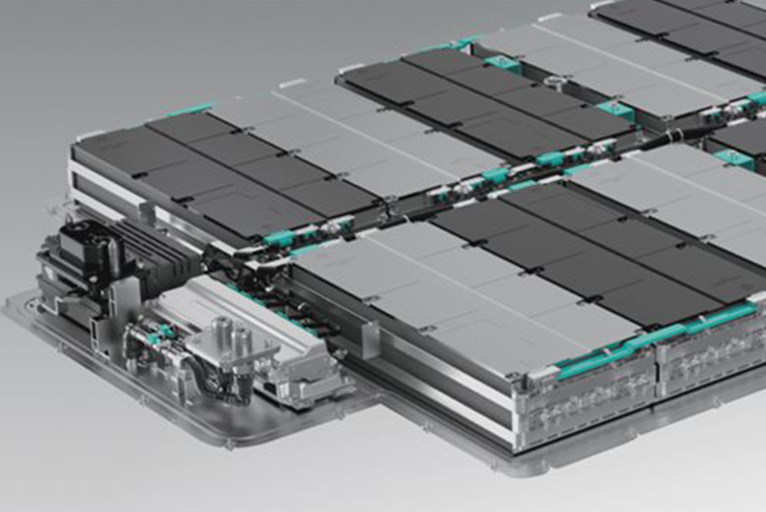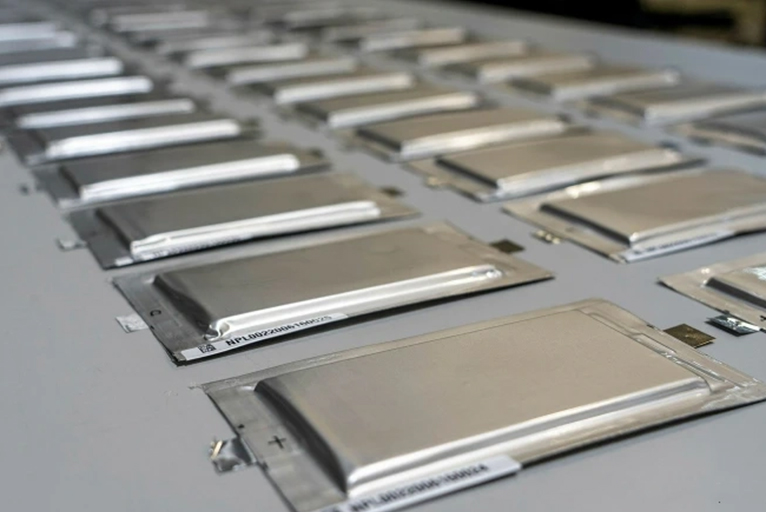google-site-verification: google0228a1feb97d321e.html
google-site-verification: google0228a1feb97d321e.html
google-site-verification: google0228a1feb97d321e.html
google-site-verification: google0228a1feb97d321e.html
google-site-verification: google0228a1feb97d321e.html
google-site-verification: google0228a1feb97d321e.html
Comparison between solid-state batteries and traditional lithium batteries - new energy batteries - YMUS ultrasonic spraying
With the continuous advancement of technology and the advancement of commercial applications, solid-state batteries are expected to become the mainstream technology in the battery field in the future. Solid-state batteries have a wide range of applications, including electric vehicles, wearable devices, smartphones, drones, etc. The electric vehicle sector is an important business opportunity for solid-state batteries, whose high energy density and fast charging characteristics make them ideal for the electric vehicle sector.
The solid-state battery market size is expected to gradually grow. According to market research reports, the solid-state battery market is expected to grow at a high rate in the next few years, pushing the market to reach a scale of billions of dollars. This is mainly driven by growing demand for batteries such as electric vehicles and wearable devices. At present, solid-state battery technology is still in a stage of continuous development. Many companies and research institutions are working on solid-state batteries, including large multinationals and start-ups. Competition is fierce, with companies competing on technological breakthroughs, product performance and production costs.

1. Structure and materials: Solid-state batteries use solid electrolytes instead of the liquid electrolytes in traditional lithium batteries. Solid electrolytes are usually made from solid polymer or ceramic materials, which make batteries more stable and safer.
2. Energy density: Solid-state batteries generally have higher energy density and can store more electrical energy in the same size battery. This is because solid electrolytes can more efficiently intercalate and release lithium ions, thereby improving battery performance.
3. Speed and cycle life: Solid-state batteries have faster charge and discharge speeds and longer cycle life. The high ionic conductivity and chemical stability of solid electrolytes enable batteries to have higher reaction rates and lower electrode losses, extending battery life.
4. Safety: Solid-state batteries are safer than traditional lithium batteries. Solid electrolytes are less likely to leak, burn or explode, thus reducing battery safety risks. This gives solid-state batteries great potential for demanding applications such as electric vehicles.

Ultrasonic spraying technology has great potential in the preparation of positive and negative electrodes of solid-state batteries. It can improve the performance and stability of electrode materials, reduce preparation costs, and promote the development of solid-state battery technology. Ultrasonic spraying technology can quickly coat large areas of electrode materials, improving production efficiency and process controllability. Compared with traditional coating methods, ultrasonic spraying can reduce coating waste and improve material utilization. It reduces environmental pollution and meets the requirements of green preparation.